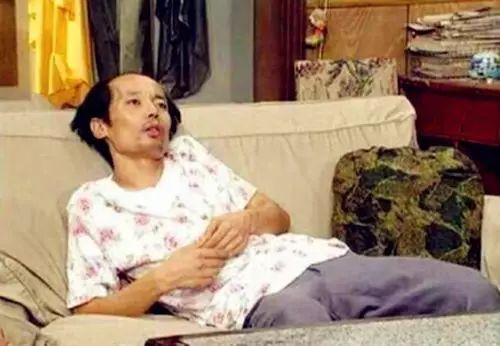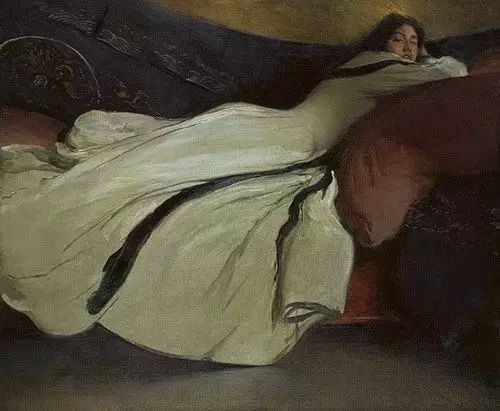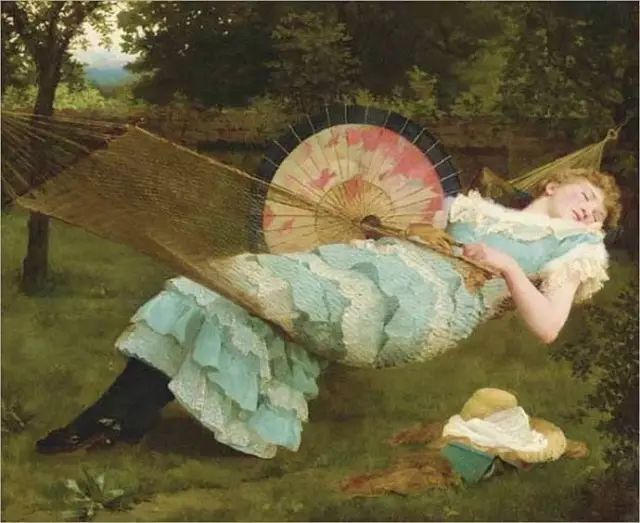对于“北京瘫”,主流的译法有两种:Beijing slouch和Beijing repose。
两个用法实例:
A photo showing actor and Beijing-native Ge You slouching on a sofa has gone viral. That posture has been nicknamed "The Beijing Slouch."
(The Beijing Slouch, CRI)
But the ultimate champion for this "Beijing repose" is Ge You, a master comedian whose cameo appearance in a situation comedy spawned a wave of good-humored interpretations and imitations.
(Comfortable but inelegant couch potato style now in vogue, China Daily)

“北京瘫”的经典姿势
根据《柯林斯词典》,If someone slouches, they sit or stand with their shoulders and head bent so they look lazy and unattractive。可见,用Beijing slouch翻译“北京瘫”非常恰当。非要找问题的话,slouch不仅仅是坐姿,也可以是人的站姿和走姿。《柯林斯词典》对slouch的另一个解释是:If someone slouches somewhere, they walk around slowly with their shoulders and head bent looking lazy or bored。
仅仅凭Beijing slouch只能确定在描述一种慵懒的姿态,是不是“瘫”并不明确。要想说得更清楚的话可尝试Beijing couch slouch。
分析Beijing repose前先看两幅画:

Repose, John White Alexander

Sweet Repose, Valentine Cameron Prinsep
再看一段诗:
Toiling, --rejoicing, --sorrowing,
Onward through life he goes;
Each morning sees some task begin,
Each evening sees it close;
Something attempted, something done,
Has earned a night’s repose.
--The Village Blacksmith, Henry Wadsworth Longfellow
一天劳作后的repose自然是美好、香甜的。这些例子说明repose是一种宁静与松弛,可以很优雅。如China Daily那篇报道标题所描述,slouch is inelegant。之前引用的《柯林斯词典》也描述slouch为unattractive。此外,repose有睡着的意思,那Beijing repose也可以是“北京眠”,不是“北京瘫”了。
“北京瘫”的最后一种译法是Beijing paralysis,这种明显机器翻译的结果仔细想想也颇为传神——那副瘫座的样子好似真的瘫痪了一样。用paralysis的问题在于这个词和slouch比有些长,没有“北京瘫”简洁,还可能会引起这是一种真实疾病的误解。最重要的是,用Beijing paralysis来翻译“北京瘫”可能会引起瘫患者和家属的反感——paralysis对于他们是痛苦,不是舒服。
综上,“北京瘫”译为Beijing slouch就可以,加上couch更准确一些,但少了它也无伤大雅。
